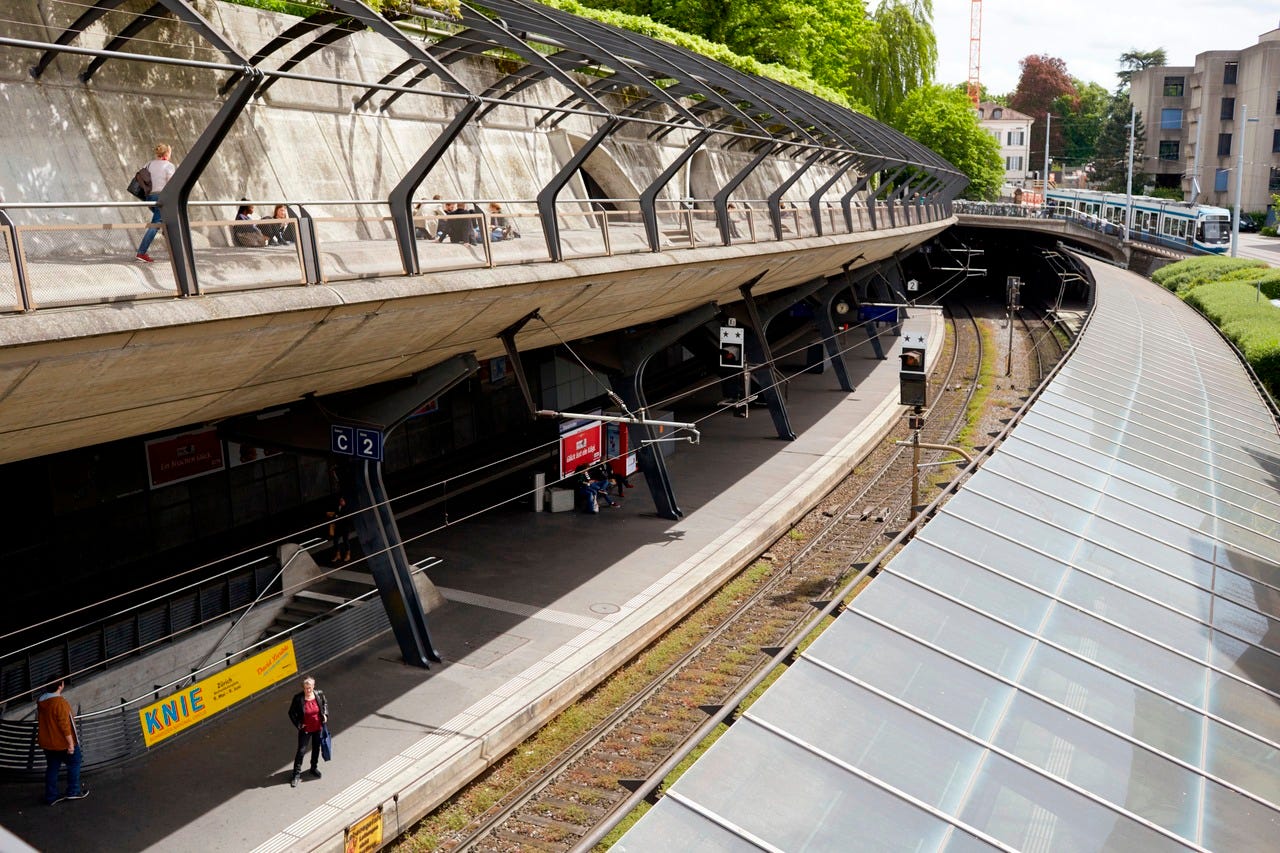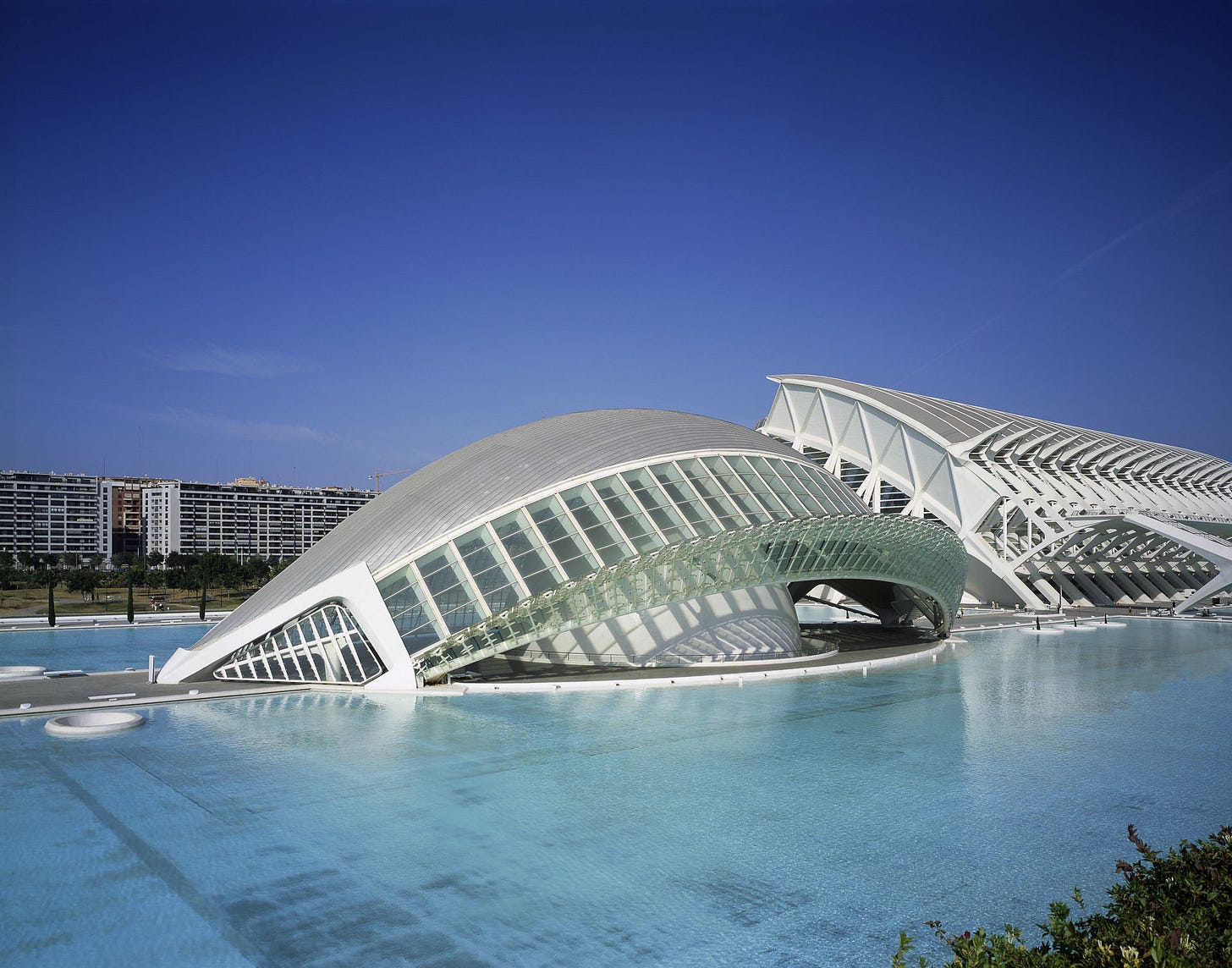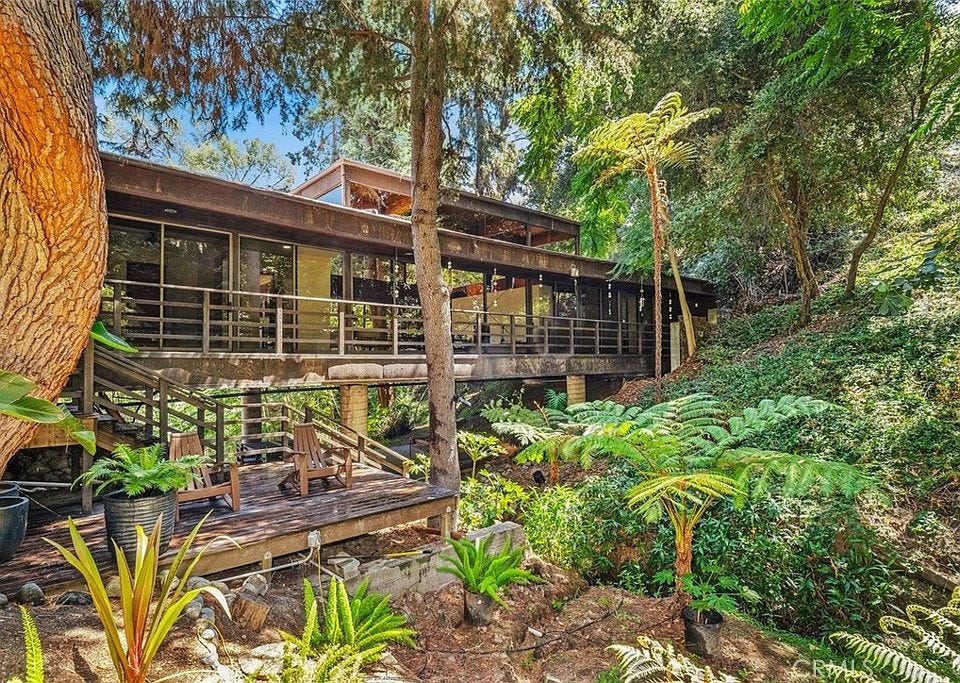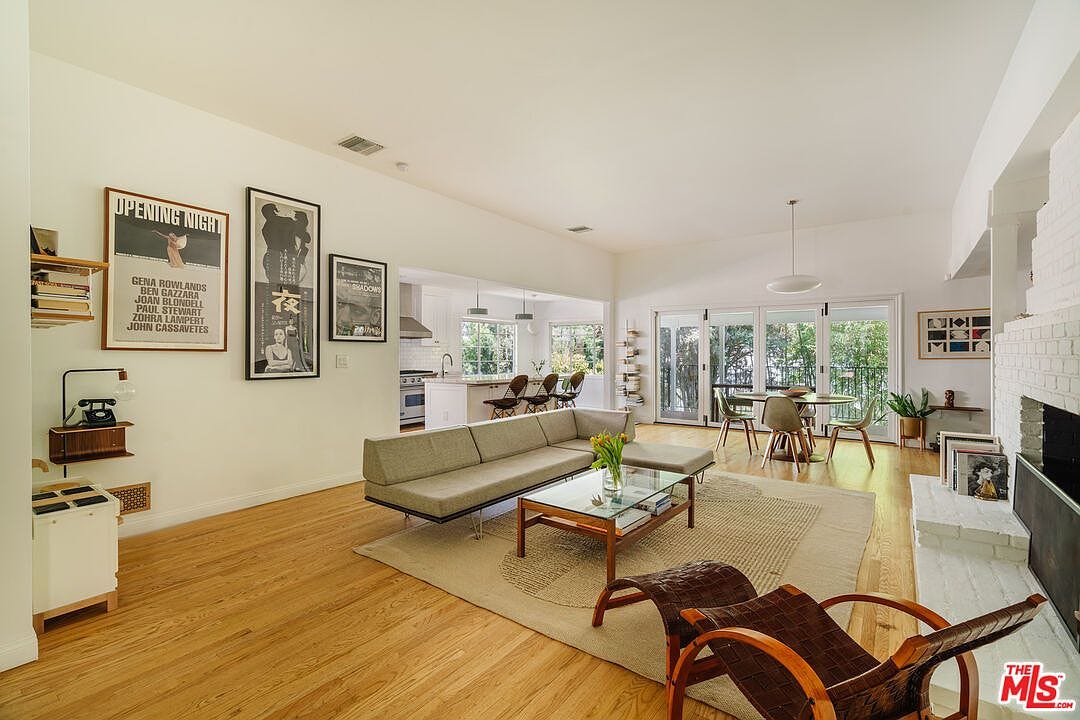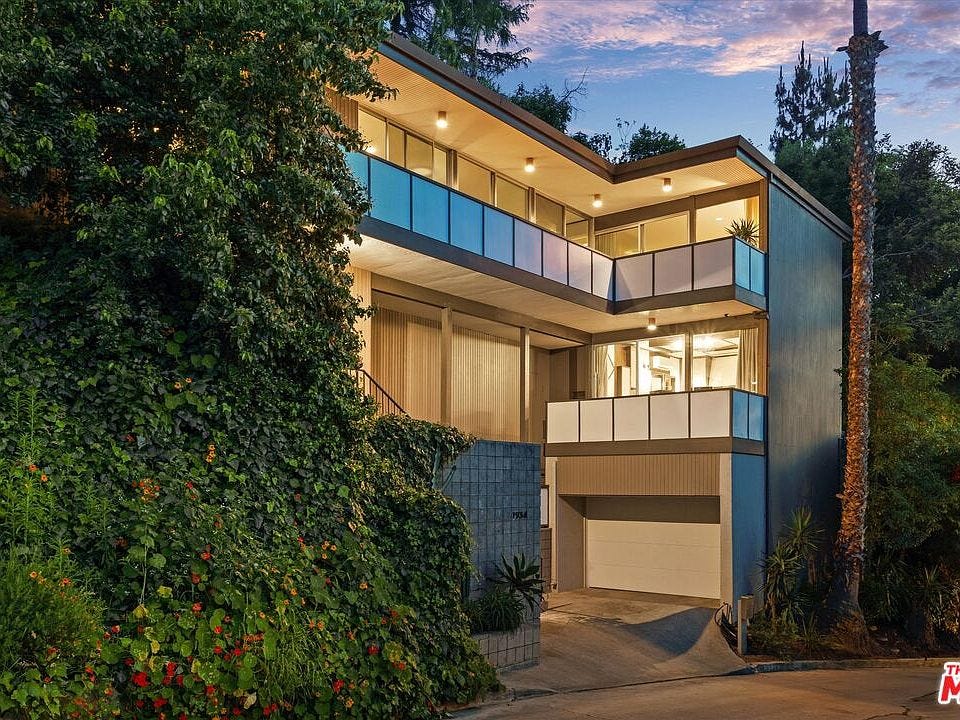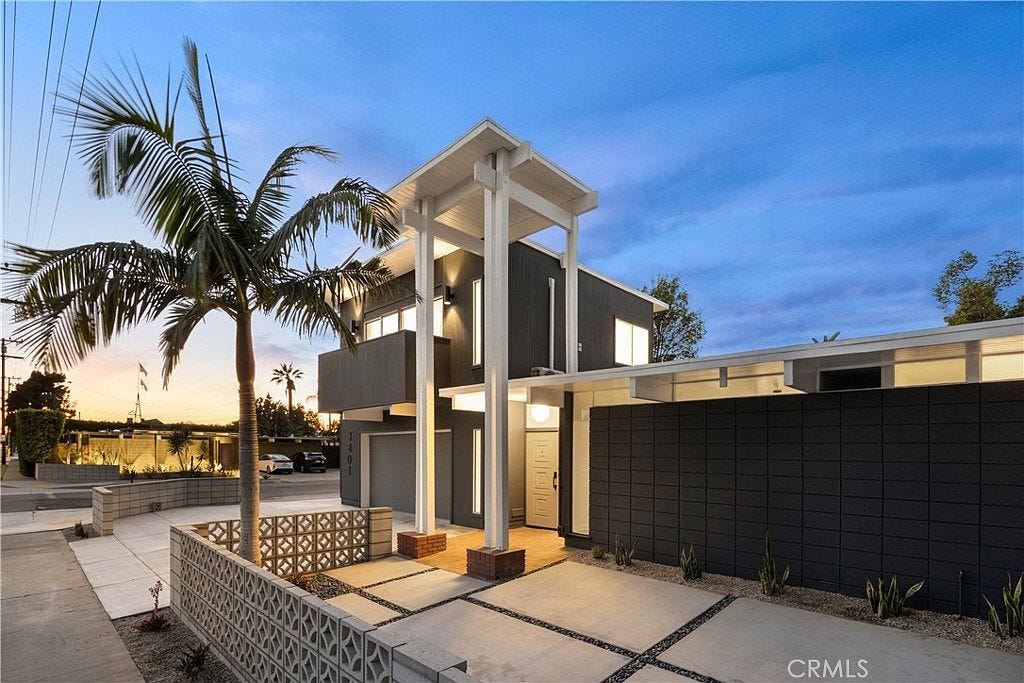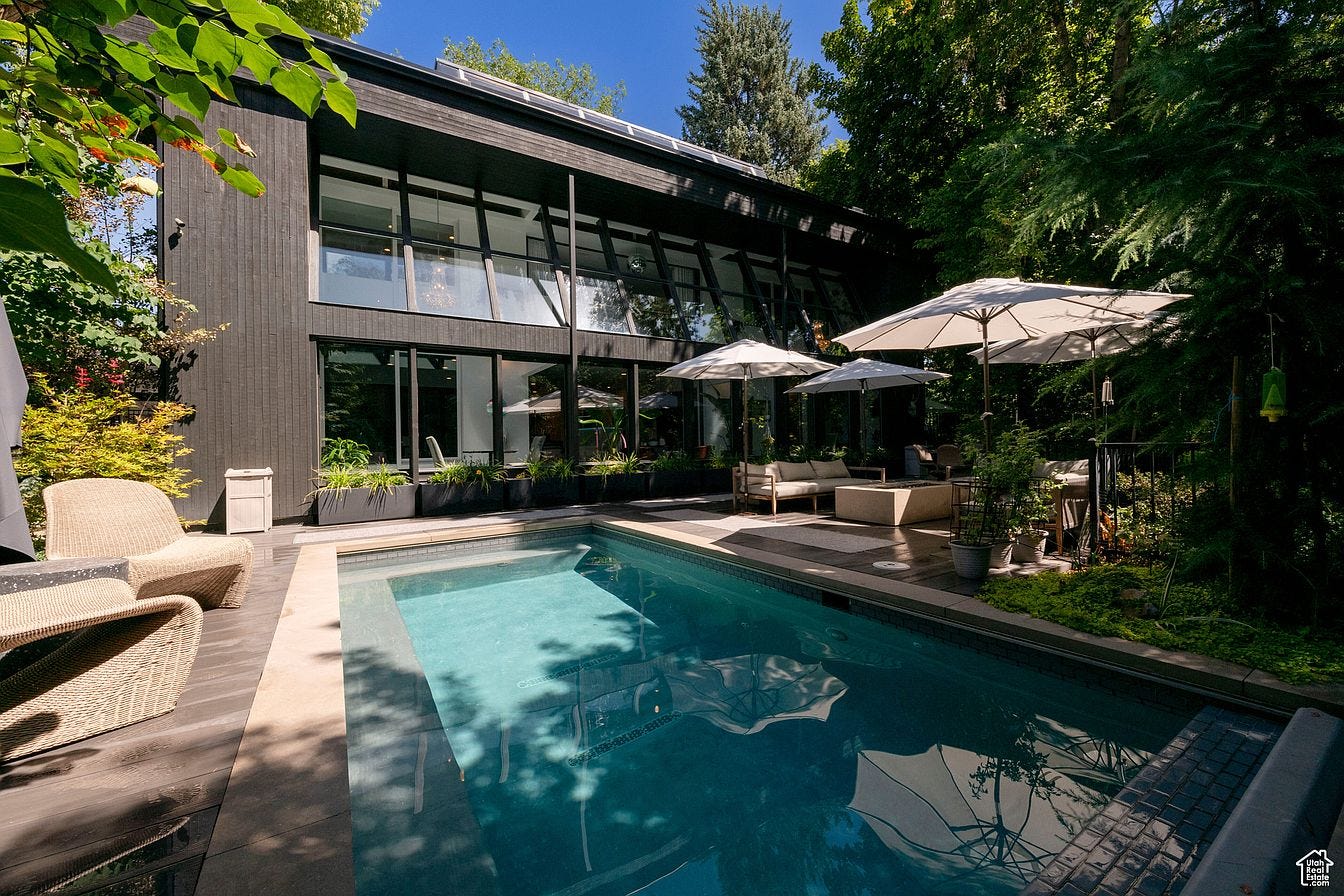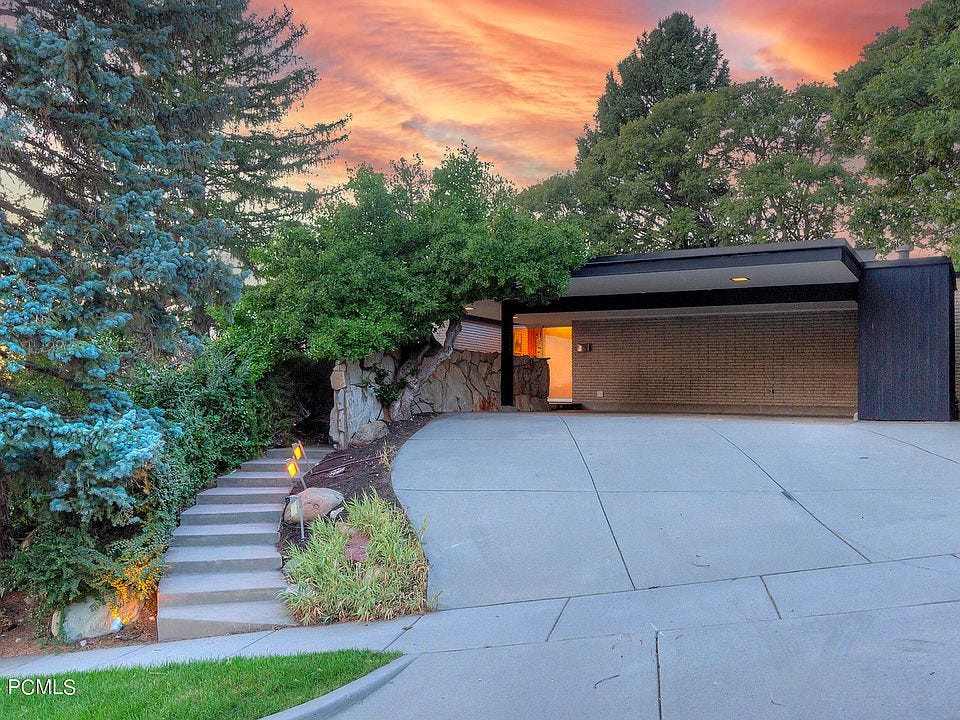Pushing Boundaries with Santiago Calatrava
Fresh Mid-Century Modern Home Listings from Across U.S.A. 🇺🇸
Mid-Century? Well, no. Bold and visionary? Undoubtedly.
Today we’re talking Calatrava and pushing boundaries.
Born on July 28, 1951, in Benimamet, near Valencia, Spain, Calatrava’s early childhood was marked by a deep fascination with art and engineering, a combination that would later define a singular style. He pursued drawing and painting classes and exhibited a keen interest in sculpture as a child. Some really do find their purpose early.
After completing primary and secondary education in Valencia, Calatrava enrolled in the Polytechnic University of Valencia to study, you guessed it, architecture. During his university years, he developed a passion for the works of modernist masters such as Le Corbusier and began to explore the potential of combining artistic expression with truly innovative structural engineering. In 1975, Calatrava sought to deepen his understanding of engineering by pursuing a second degree at the Swiss Federal Institute of Technology in Zurich. There, he earned a Ph.D. in technical science in 1979 for his thesis on "On the Foldability of Frames." These advanced studies would prove more valuable than just diplomas on an office wall, and would help serve as a foundation for bold engineering feats to come.
Following his academic pursuits, Calatrava established his own architecture and engineering firm in Zurich in 1981. His early projects were characterized by a focus on functional and efficient designs. As his career progressed, Calatrava experimented with increasingly expressive and sculptural forms, drawing inspiration from the natural world and even the human body.
The Stadelhofen Railway Station in Zurich, completed in 1986, marked a turning point in his career, as it showcased his ability to create large-scale visually striking structures. The station's soaring glass roof, reminiscent of a bird's wing, quickly became an iconic image of Zurich.
Calatrava's reputation as a master of organic architecture grew exponentially in the 1990s. His designs for bridges, in particular, were celebrated for their graceful curves and intricate detailing. The Alamillo Bridge in Sevilla, Spain, with its towering, red pylon, is a prime example of Calatrava's ability to create structures that are both visually stunning and technically innovative. Alamillo was the first cable-stayed bridge balanced solely through the weight of its massive tower, not requiring back stays or anchorage.
In addition to bridges, Calatrava designed numerous museums, train stations, and skyscrapers. The Milwaukee Art Museum, with its dramatic, wing-like roof, was completed in 2001. Similarly, the Turning Torso in Malmö, Sweden, a twisting high-rise inspired by a dancer's pose, showcases Calatrava's innovative approach to urban development (completed 2005).
While Calatrava's work has been widely praised, its faced considerable criticism for high costs and a perceived lack of functionality. Some critics argue that his focus on aesthetics often overshadow practical considerations, leading to designs that are more about spectacle than substance. Maybe so? Or maybe thats just the price to pay to push things forward.
“I have never stopped painting, for me it is important to engage with painting, sculpture, and also with ceramic, not only as independent disciplines, but as an incessant nourishment for my architecture. My sculpture precedes my work as an architect. To understand my architecture you have to know my sculpture. The point of departure for some of my buildings and bridges has been fed by the formal searching prompted by my activity as an artist, especially as a sculptor.”
Santiago Calatrava
GEMS FOR SALE THIS WEEK
2052 Mayview Dr, Los Angeles, CA 90027
2250 Turnbull Canyon Rd, Hacienda Heights, CA 91745
7456 Woodrow Wilson Dr, Los Angeles, CA 90046
3512 Griffith Park Blvd, Los Angeles, CA 90027
1934 Lucile Ave, Los Angeles, CA 90039
3801 E Fairhaven Ave, Orange, CA 92869
Keep reading with a 7-day free trial
Subscribe to Mid-Century Mondays to keep reading this post and get 7 days of free access to the full post archives.




